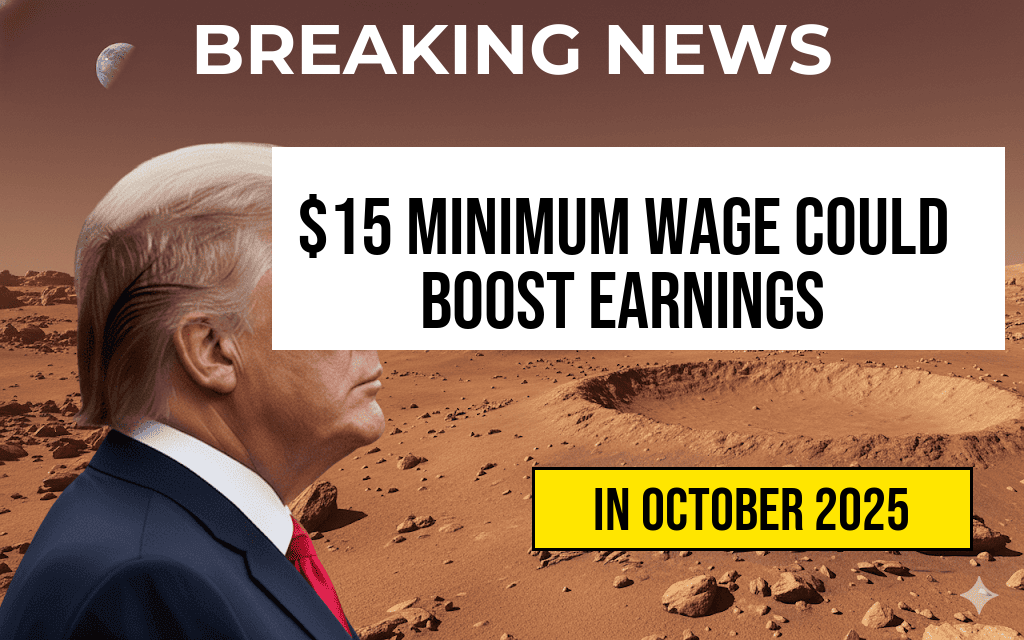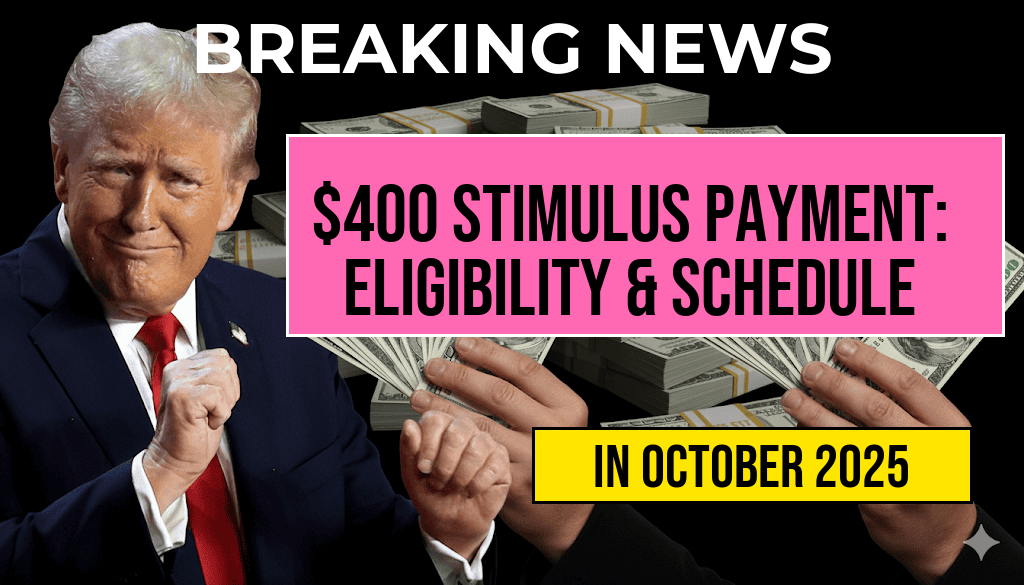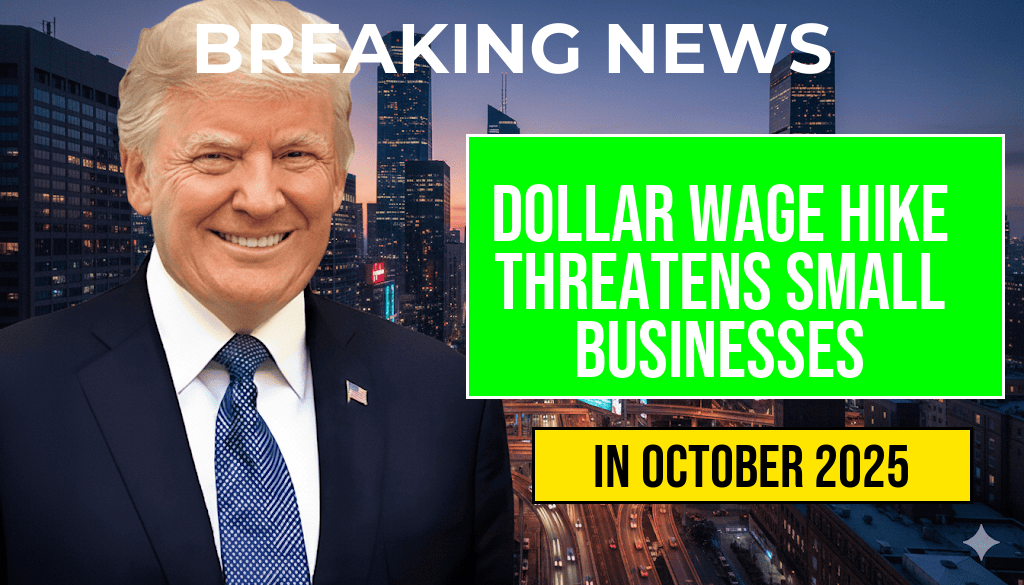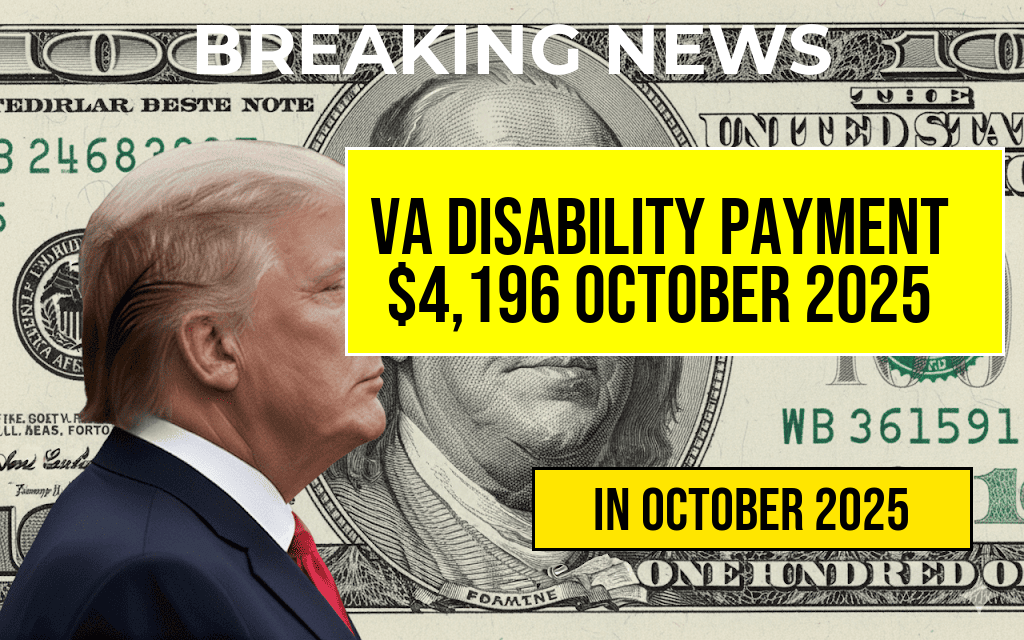A recent study indicates that raising the federal minimum wage to $15 an hour could significantly boost the annual earnings of millions of workers across the United States. Specifically, the analysis estimates that approximately 32 million workers would see an average increase of around $3,300 in their yearly income. This potential wage hike arrives amid ongoing debates over economic policy and income inequality, with advocates emphasizing its potential to lift low-wage earners out of poverty and stimulate local economies.
Projected Economic Impact of a $15 Federal Minimum Wage
The study, conducted by a reputable economic think tank, models the effects of implementing a federal minimum wage of $15 across all states. It underscores that, while the change would not affect every worker equally, the broad-based increase would provide financial relief to millions who currently earn less than this threshold. The analysis also considers regional variations, noting that workers in low-cost areas may see a more substantial percentage increase relative to their current wages.
Potential Benefits for Workers and the Economy
Increased Earnings and Reduced Poverty
- Annual income boost: The average increase of about $3,300 would help many workers meet basic living expenses and reduce reliance on government assistance programs.
- Poverty alleviation: An estimated 1.3 million individuals could be lifted above the federal poverty line through this wage increase.
- Workforce stability: Higher wages may decrease turnover and improve employee morale, leading to increased productivity for employers.
Broader Economic Effects
- Consumer spending: Increased disposable income among low-wage earners could boost local economies, especially small businesses.
- Inflation considerations: Experts caution that some sectors might face slight price adjustments, though the overall impact is expected to be moderate.
- Employment implications: While some argue that higher wages could lead to employment reductions, recent research suggests the effect may be minimal, especially when accompanied by supportive policies.
State-Level Variations and Challenges
| State | Number of Workers Affected | Average Annual Increase |
|---|---|---|
| California | 4.2 million | $3,500 |
| Texas | 3.1 million | $2,900 |
| Florida | 2.4 million | $3,100 |
| New York | 1.8 million | $3,400 |
States with higher living costs, like California and New York, would see larger absolute gains, reinforcing the argument that a uniform federal minimum wage could help address regional disparities. However, critics express concerns about potential impacts on small businesses, particularly in regions with narrow profit margins. Some sectors, such as hospitality and retail, might face increased operational costs, prompting discussions about phased implementations or targeted supports.
Policy Context and Industry Responses
Proposals to raise the federal minimum wage have gained renewed attention amid broader economic recovery efforts. Supporters argue that a higher baseline wage aligns with the goal of reducing income inequality and ensuring workers receive fair compensation. Conversely, opponents caution against potential job losses and increased automation, citing concerns about competitiveness and small business viability.
The Biden administration has expressed openness to raising the minimum wage, though legislative hurdles remain. Several states and cities have already enacted their own higher minimum wages, creating a patchwork landscape that complicates nationwide policy efforts. Businesses and advocacy groups continue to debate the most effective approach to balance economic growth with fair labor standards.
Additional Considerations and Future Outlook
Implementing a $15 federal minimum wage would represent a significant policy shift, with impacts extending beyond wage figures. Policymakers will need to consider accompanying measures like tax credits, small business assistance, and phased rollouts to mitigate potential downsides. Ongoing research and pilot programs will likely influence future legislative decisions, aiming to craft policies that support both workers and economic stability.
For more on the economic implications of wage policies, consult resources such as the Wikipedia page on minimum wage or analyses from reputable outlets like Forbes.
Frequently Asked Questions
What is the main finding of the study regarding the federal minimum wage increase?
The study finds that raising the federal minimum wage to fifteen dollars could increase annual earnings by approximately three thousand three hundred dollars for thirty-two million workers.
How many workers could potentially benefit from the minimum wage increase?
Approximately thirty-two million workers could see a boost in their annual earnings if the federal minimum wage is raised to fifteen dollars.
What is the significance of setting the minimum wage at fifteen dollars?
Setting the federal minimum wage at fifteen dollars aims to provide a more livable income for low-wage workers and reduce income inequality.
How might this wage increase impact workers’ financial well-being?
The increase could lead to a substantial improvement in financial stability for millions of low-income workers, allowing for better coverage of basic needs and increased purchasing power.
Does the study suggest any broader economic benefits of raising the minimum wage?
While the focus is on individual earnings, the study implies that boosting the minimum wage could also stimulate the economy through increased consumer spending.





